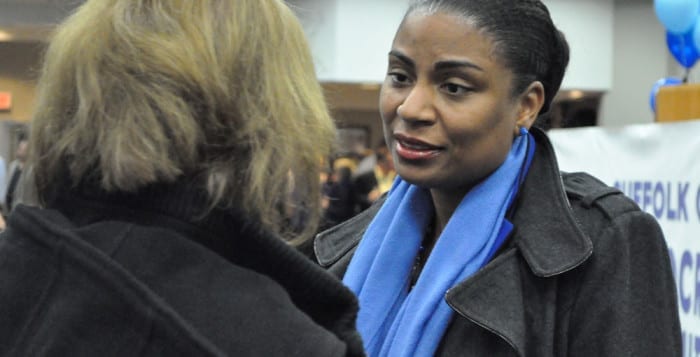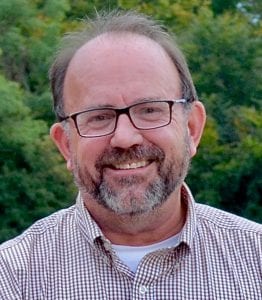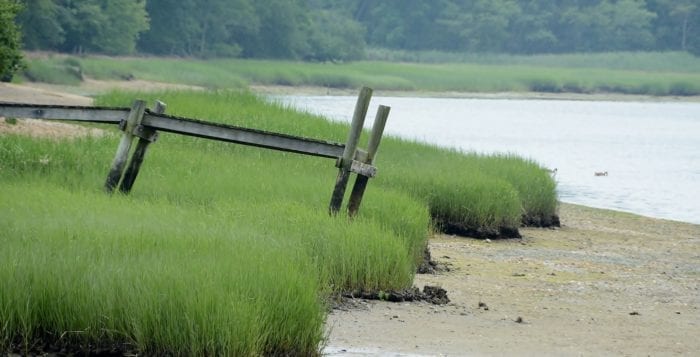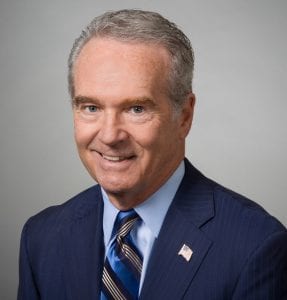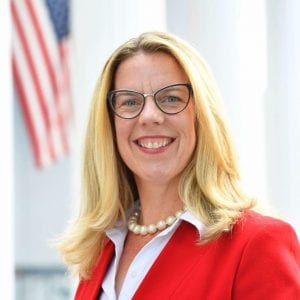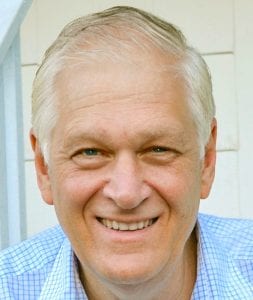By Linda Kolakowski
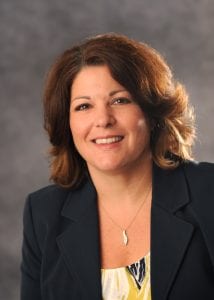
In the wake of the pandemic, many people who had formerly expected to move to a life plan retirement community, assisted living or other type of senior residence now have questions about whether a senior living community is still the right choice for them.
While it’s natural to have a level of uncertainty, even in the best of times, getting educated about the various living options available, what precautions are permanently in place, and what it was like to live in these communities during shelter in place times will help in the decision making process.
People are aging for a much longer period than years ago. In 2030, the expectation is that there will be twice as many 85-year-olds and three times as many people over 100 years of age than there are today, and they’re more active than previous generations. Trends indicate that more people want to be in communities with their friends, who become more like family members, as relatives may live far away. Retirement communities help people hold on to the community relationships we need in order to thrive at every age. Will these trends continue as we cope with the likes of COVID-19?
The Need for Community
One common experience across generations during COVID has been the need to have a community of sorts. Whether they found it through regular Zoom or Facetime calls with family, friends or work colleagues, the majority moved quickly to fill the void from social distancing measures and embraced digital technology. As the weather warmed, outdoor socially distant gatherings — fitness and other classes, bring your own sandwich picnics and other no touch activities became the norm in senior living communities.
While this certainly happened at all manners of senior living communities, it was not necessarily the case for seniors living on their own. Some seniors were able to enjoy the company and comforts of living with family members or had more mobile neighbors and friends to shop for them and otherwise help out. Others who were already isolated had neither the equipment nor technical know-how to connect with family and friends digitally.
Fear of infection closed down many senior centers, limited ride services and at home visits, and made trips to the supermarket and drug store overwhelming, if not impossible. Home maintenance also became a significant issue.
Residents of senior living communities like Jefferson’s Ferry had to curtail their activities, just like the rest of the population, but because of the array of services that come with living in a retirement community, they were able to get takeout meals, groceries, household items, laundry service, and even cocktails to go on the premises.
Staying Healthy
While there were health concerns, residents of many senior living communities also had ready access to the most up to date health information, as well as greater access to health care. Healthy residents overall remained healthy, thanks to senior living communities’ strict adherence to protocols and directives from local, state, and federal agencies that promote resident and employee safety and reduce the chance of exposure or transmission.
Feeling Good by Giving Back
Senior community residents across Long Island also came together in the spirit of giving back to make the best of a difficult situation. At Jefferson’s Ferry, the residents spearheaded fundraisers and made donations to provide free meals to the hardworking staff and otherwise demonstrated their gratitude with thank you notes and small gifts. Some residents made masks for their neighbors; others reached out to fellow residents with phone calls, or left treats and notes outside the doors of their neighbors to lift their spirits.
One Jefferson’s Ferry resident related her experience. “I can’t imagine having lived anywhere else during the ‘life during social distancing’ period. While most of my day is spent in my apartment, I converse regularly with friends by phone. I can have meals delivered, but often take the outdoor route to the Community Center. I’ll meet some masked neighbors along the way, pick up my mail and my takeout dinner in the café. If there is any kind of emergency or special need, I can just ‘push the button’ and a staff member will help me out.”
Another said, “It’s interesting and inspiring how Jefferson’s Ferry has continued to be a caring community, even in the midst of social distancing. We can still laugh at each other’s masks and hairdos, encourage one another when we get down, and remind each other that all the fun things we do together will resume someday.”
It’s Your Choice
At every stage of life, we all want to be able to exercise control and make choices. Equally important is making sure that access to services and health care remains viable and affordable as needs change over time. Talk to your friends, visit the senior communities in your area and ask a lot of questions. There are many terrific options out there. You will find the one that’s right for you.
Author Linda Kolakowski is the Vice President of Resident Life at Jefferson’s Ferry Life Plan Community in South Setauket.


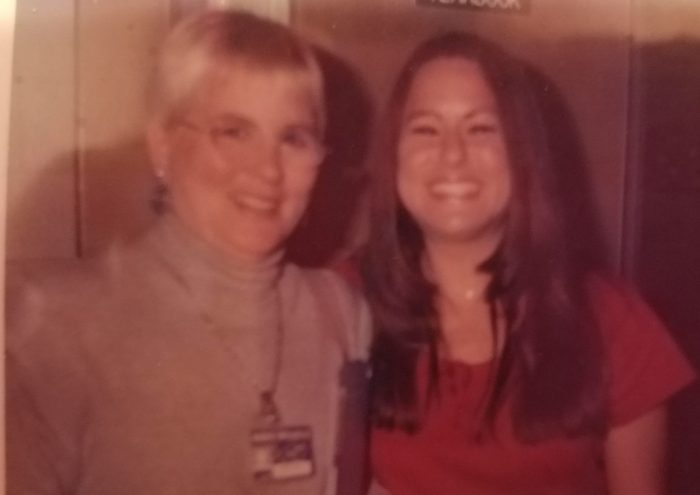


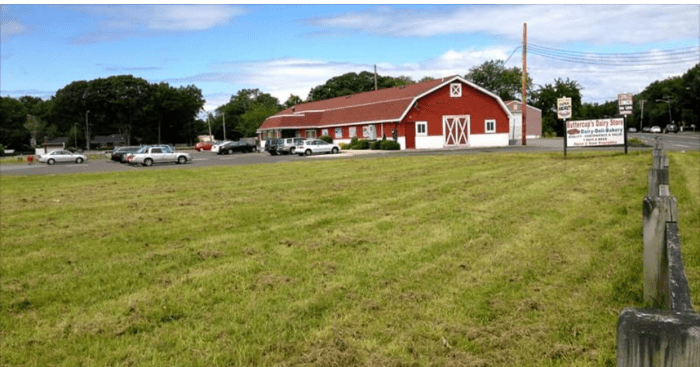
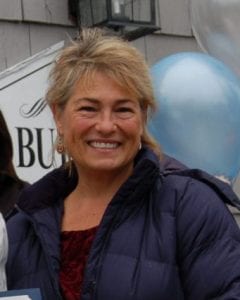

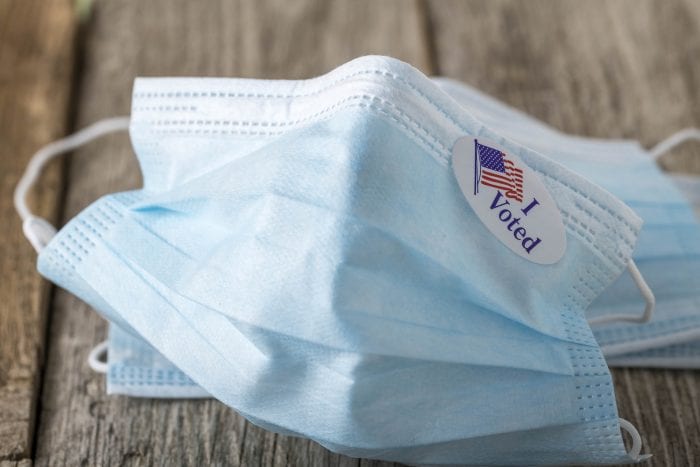
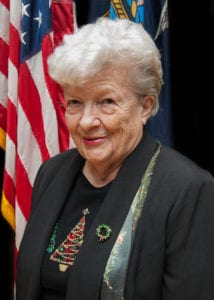 1. Items 1a, 1b,and 1c require the assistance of the Suffolk County Board of Elections. It is suggested that you contact them by email so you spend time on a long phone hold:
1. Items 1a, 1b,and 1c require the assistance of the Suffolk County Board of Elections. It is suggested that you contact them by email so you spend time on a long phone hold: